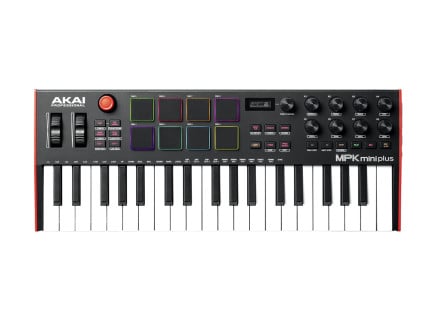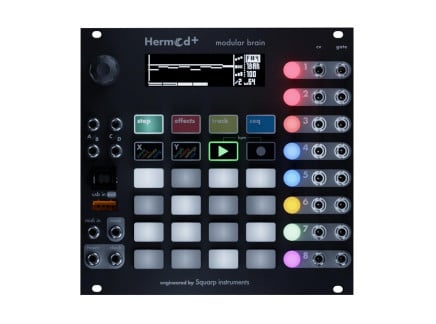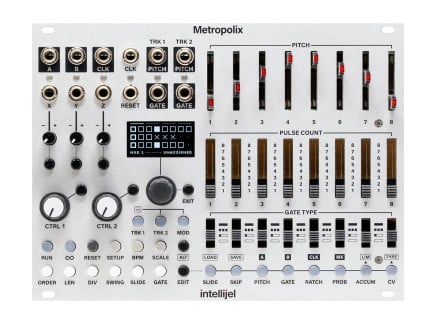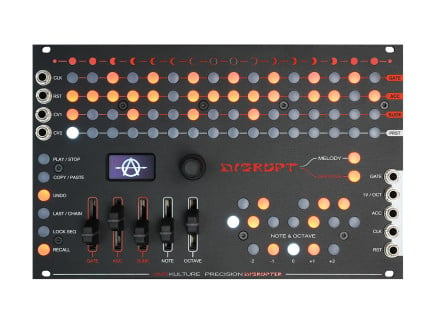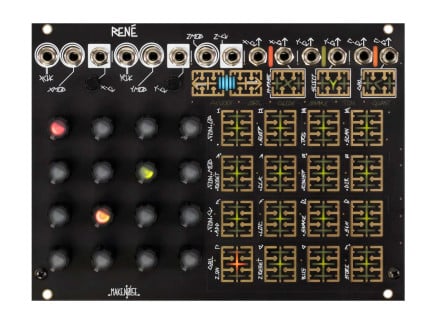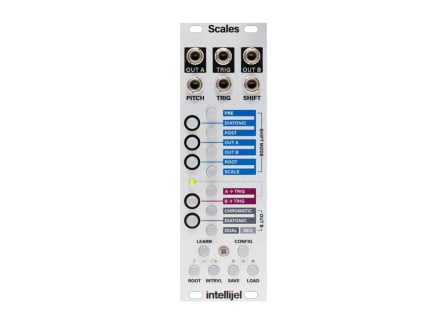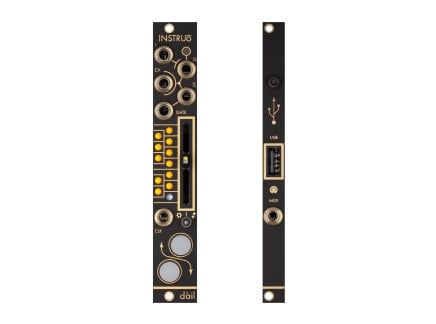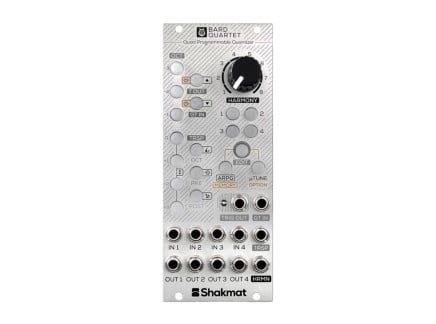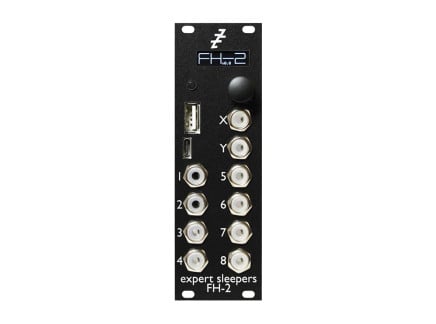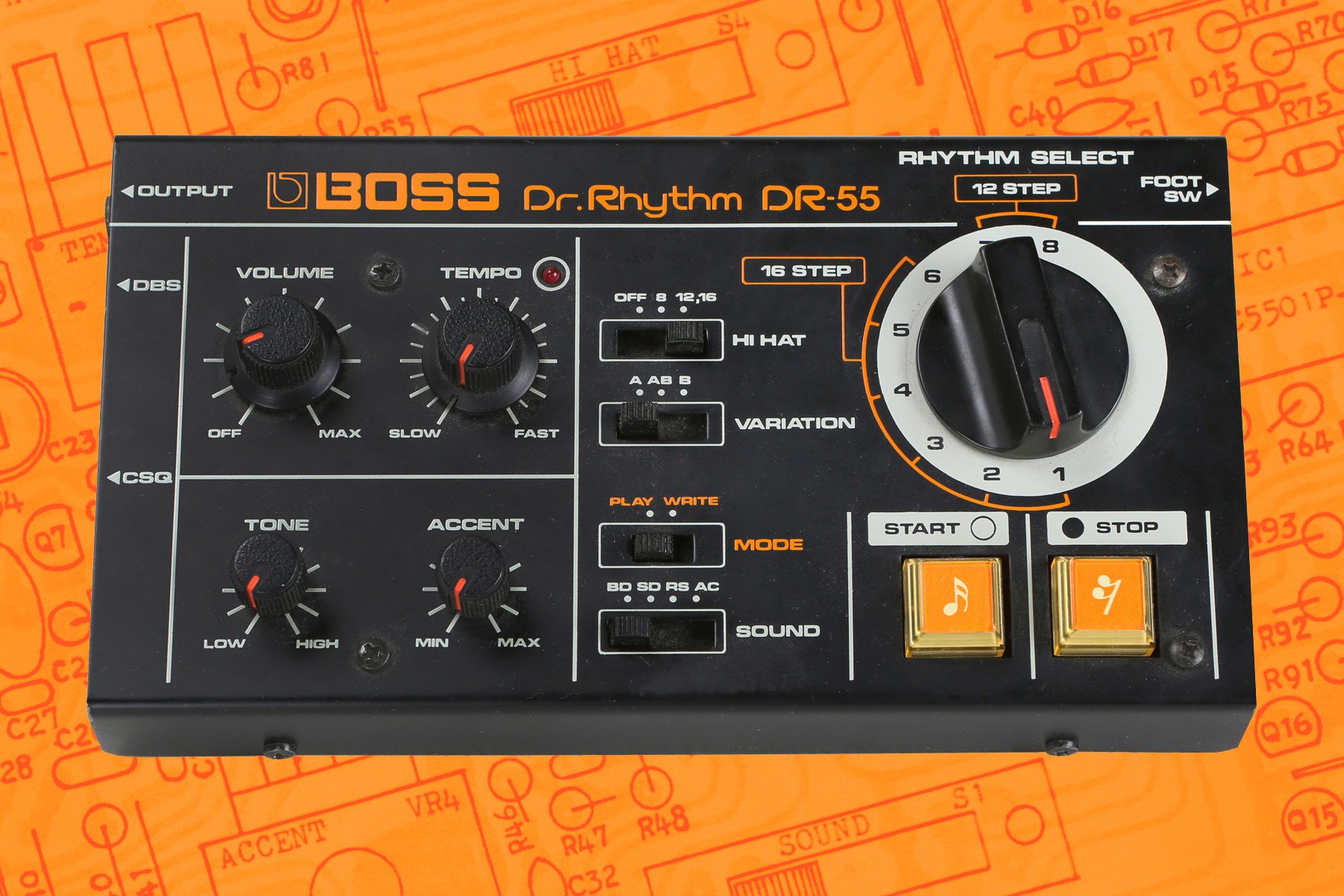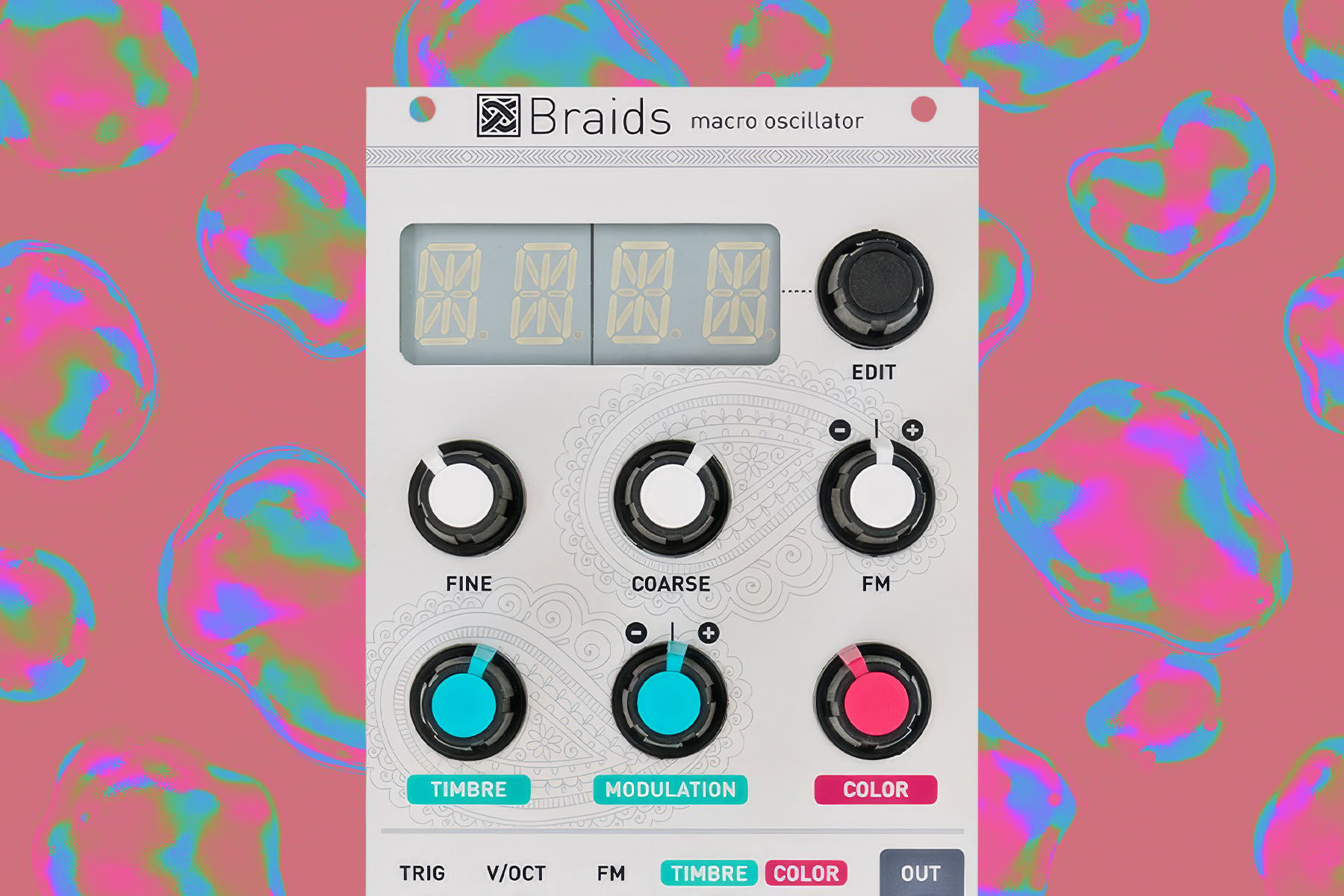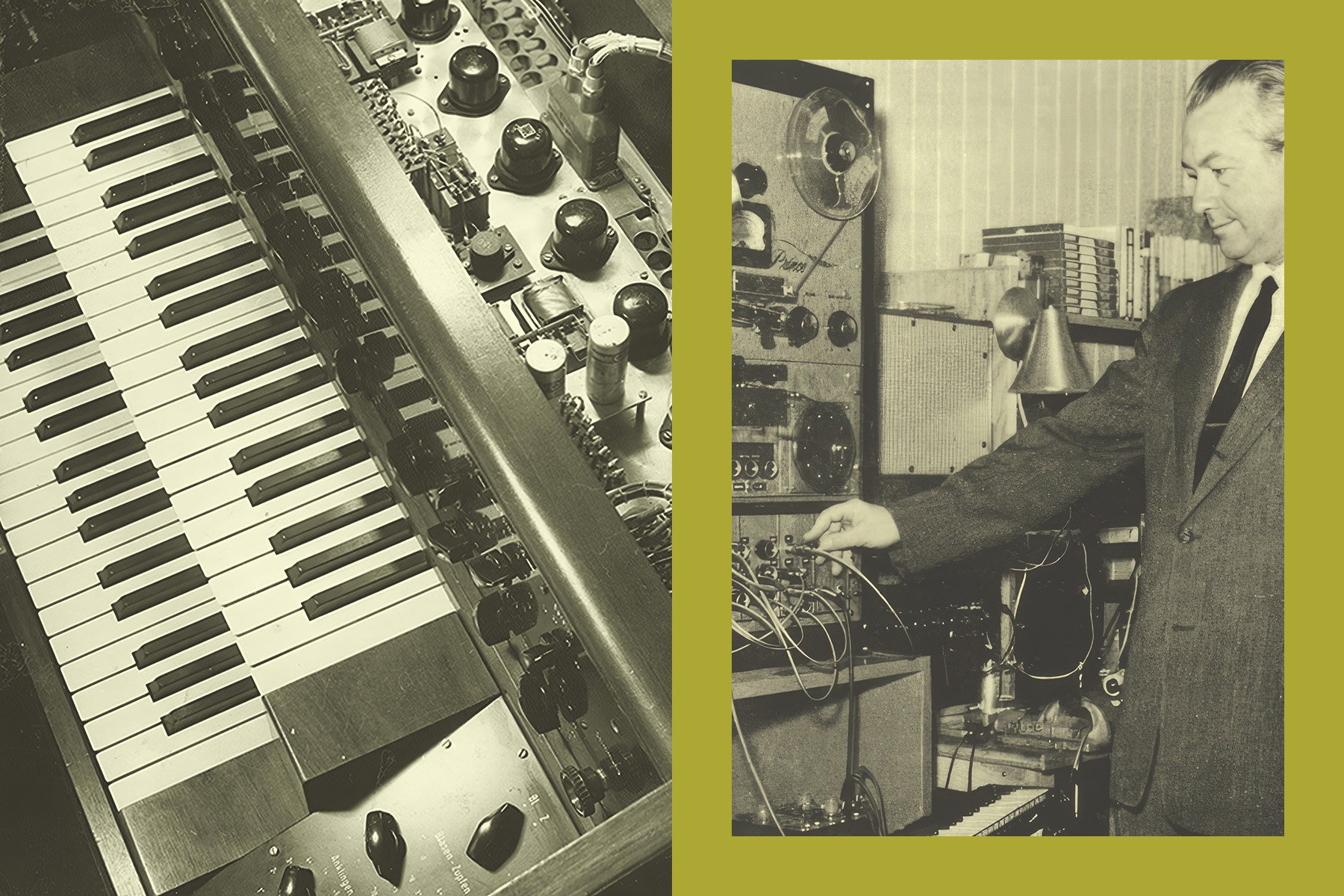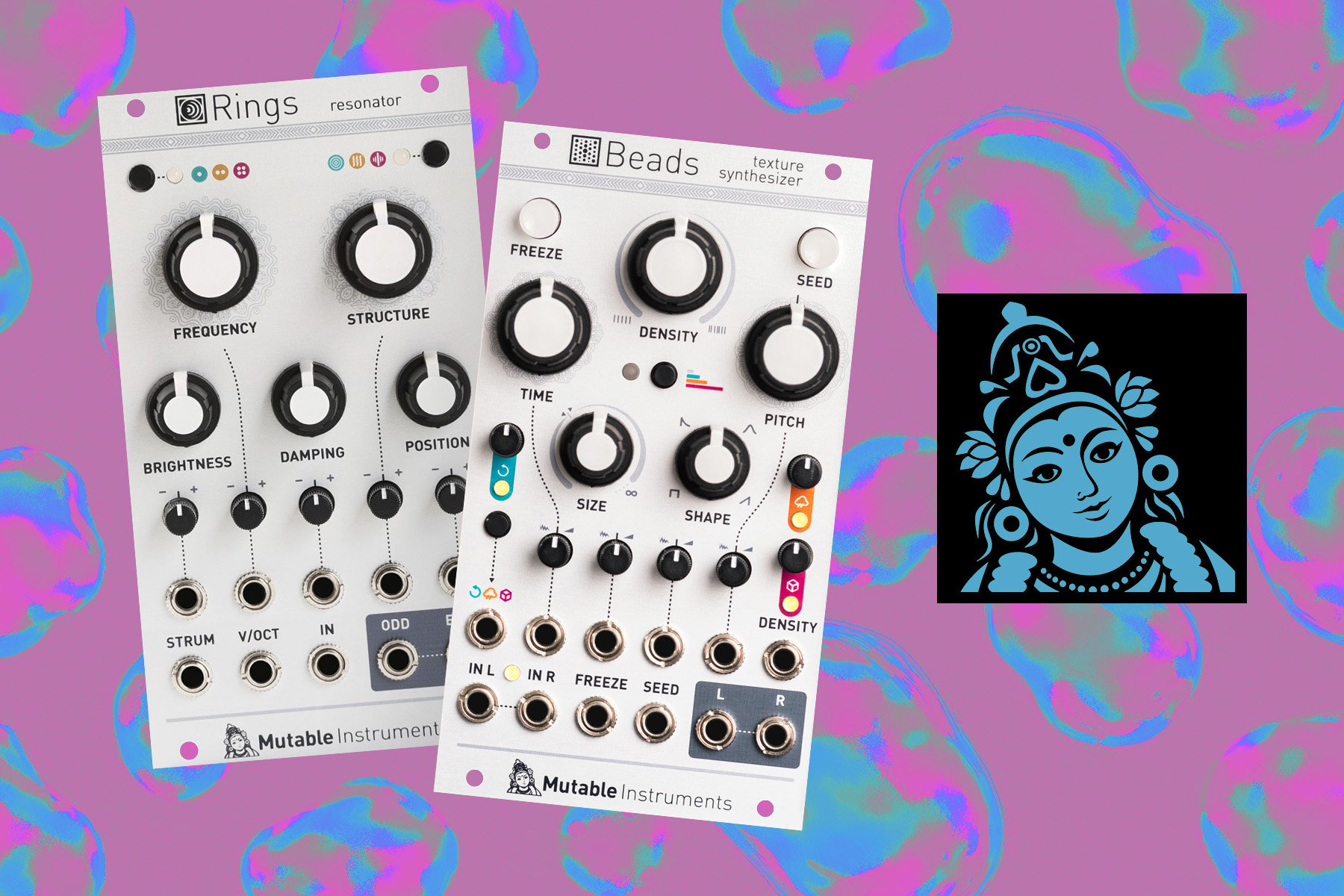Look, we totally get it…the sounds coming out of a modular synth at any given moment can be something akin to a dirty zipper being unclasped for the first time in 40 years after being buried deep in the backyard of someone elses’ memories. I would bet that almost anyone who finds themself deep into modular synthesis has heard “Maaaaaaan, that sounds like me after a 2am trip to Taco Bell”. We get it…seriously…also lol.
Though, I won't write to defend the absurdity of non musical modular patches in this article, I will briefly mention that calling it “non musical” in the first place…is inherently just as absurd. After all, there is an entire world of “music” out there that isn’t melodically pleasing four to the floor beats. I would argue that some of the beauty of modularity in synthesis is coming from this exact space. While one minute a patch may be scraping the sky like some formless ethereal beauty floating through a dreamscape, the next it may come crashing down into a cacophonous blast of the most ear splitting noise anyone could think up. Modular music is really only limited by the imagination of the person creating it.
When faced with the idea of the modular synthesizer and its many zipper noises, a common question that inevitably arises is “can this be used to make actual music?” This article will attempt to examine this question (hint…the answer is “yes”). Additionally, this article will go into detail about ways to make that more possible for those interested.
Keys to the Kingdom
When sitting down at a modular system for the first time, the average onlooker is going to be a bit confused by what’s going on with all those knobs and jacks. To an extent it may seem impossible to make sense of the bazillion ins and outs on those panels with blinking lights and strange terminology. It all seems so incredibly complicated and it may seem the only thing one can do is make an incredible noise.
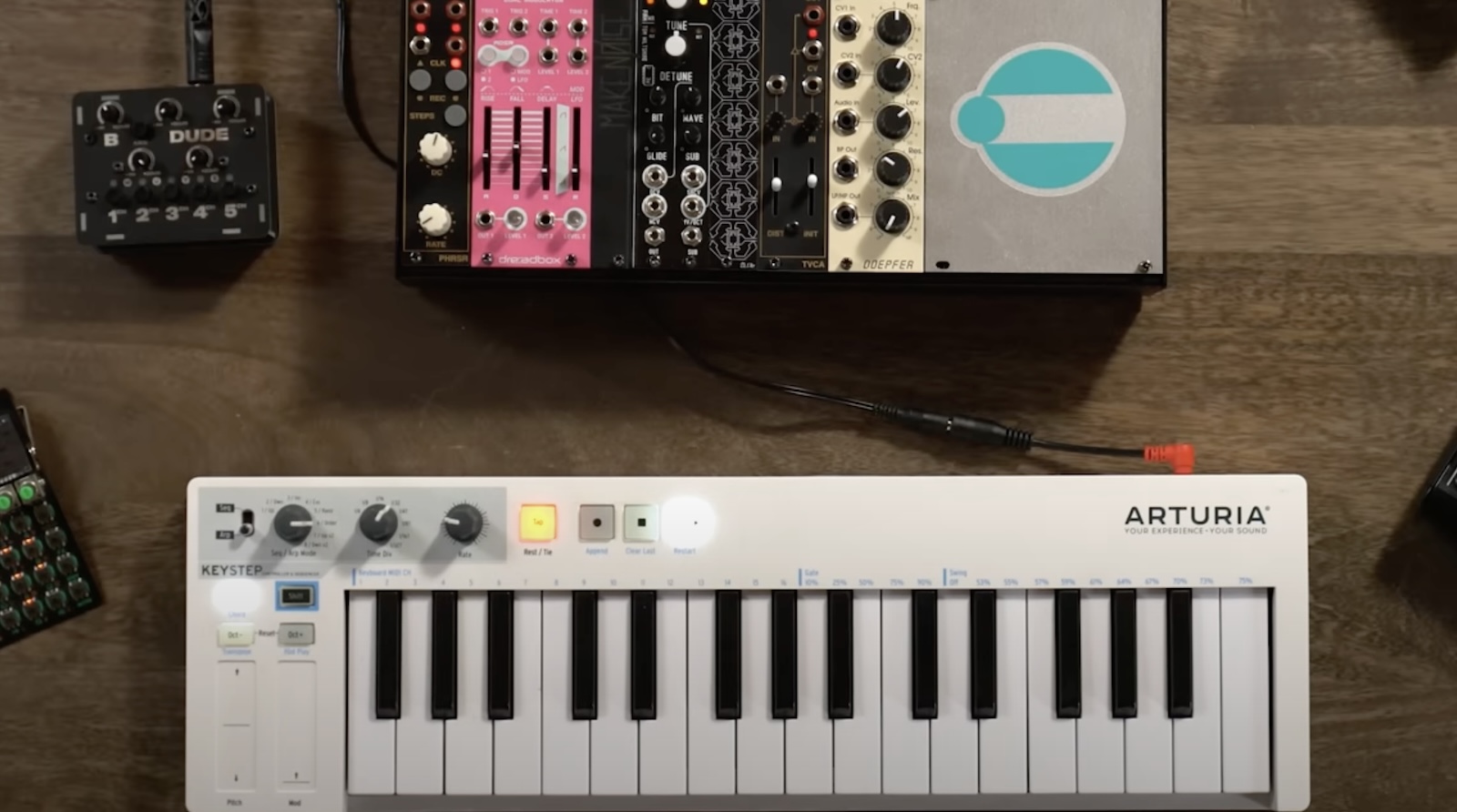
One immediately obvious difference between the average modular case and most standard synthesizers is a lack of a keyboard. The typical modular setup is either too small or too focused on sequencing to include a keyboard. However, this doesn’t need to be the case and there are a number of great options for controllers and keyboards within the context of modular that make a modular system immediately more playable. In reality, once the temptation to twist every knob at the same time dies down, and once the oscillators are tuned to some sort of standard pitch, there really isn’t much difference in the melodic capability of a modular system from that of a typical synthesizer. You just need to know how to patch to make some of those basic connections that are hardwired in most other synths.
As a very easy and affordable entry point into this idea of adding a playable surface, Arturia makes some pretty great products that have cv and gate outs that patch directly into a Eurorack setup. On the most basic level, the Keystep is as easy as plug and play once the oscillators are tuned to a standard pitch. On top of that, it takes up no space in a eurorack case so you can fill the case with other fun stuff.
If you’re looking to keep it in the case there are some fantastic and very playable modules that allow you to interact with your pitches in a slightly more progressive way. For instance, modules like the Make Noise 0-Ctrl or the Serge TKB allow you to play the oscillators’ pitches like a keyboard but instead of notes being fixed at half steps, the intervals are chosen and tuned by you as the player. There are also extra lanes of voltages that can be tuned on each “key” position. This allows for each key press to have not only the pitch information for the oscillators, but also voltage for something else. For instance, you could change the timing on a delay or the cutoff on a filter from note to note. Very cool!
Sequencers to Keep Things Tidy
Perhaps the most common method of keeping all modular ducks in a row to stay on a melodic path is through use of a sequencer. In particular, those sequencers with multiple tracks can help keep everything melodic and tempo related. Something as simple as maintaining a master tempo for a patch can do a great deal towards keeping things feeling like “real” music.
In a way, it is possible to look at most sequencers in modular synthesis as fitting into one of two groups. There are those that are focussed on performance, and those that are more tailored towards deliberate composition. Both of these types of sequencers do perhaps more than any other type of module to keep patches melodic and in sync.
Composition-Based Sequencers
A composition based sequencer is one focussed on dialing in very deliberate sets of gates and CV-based notes. Frequently, each track will even have an actual musical note tied to the cv portion being output. Tracks cv outs will maintain intervals of a half step between each note so once oscillators are tuned (at least relative to each other), things stay in tune. As long as you choose notes that work in the key of the music you are working on, things are going to start sounding pretty sweet.
A good example of a composition based sequencer is the Squarp Hermod or Hermod+. The Hermod offers 8 onboard tracks of sequencing CV and gates. Although each track can be a different number of steps, each lane of sequencing will stay locked together due to the master clock. The timing of these steps is quantized to the grid being created by the master clock. There are a ton of great features on the Hermod that easily make it a contender to be the “brain” of a melody focussed eurorack setup, but for the sake of keeping things simple we will leave it there for now.
Performance-Based Sequencers
Performance based sequencers are based on…well…performing the patches on the sequencers. Things are laid out in a manner more closely associated with being able to change and improvise on the fly. Typically these sequencers forego the screen and menu diving in order to have each step of the sequence represented on the front panel.
A good example of performance based sequencing can be seen in the Malekko series of Varigate modules and the Malekko Voltage Block. Each of these modules has a fader for each step cv value on a track, so the level can be immediately changed without any extra steps through menus or combinations of buttons. All you need to choose is which track you’re editing…and boom…make the changes you want.
Even though these sequencers are based around being performative, they still serve as great tools for composing music. The fact that these modules are laid out so clearly on the panel makes them sort of “inspiration machines”, thus allowing the user to come up with parts and musical lines that the more composition based sequencers won’t likely lead to so easily. When combined with quantizers (more on this later) either internally or externally these can become powerful tools to come up with unexpected but musical results.
Quantizers
As mentioned briefly above, quantizers can provide one of the biggest boosts to the efforts of keeping things traditionally “musical”. These tools can be found as separate modules or even sometimes inside sequencers such as the ones mentioned above. The timing of steps can be quantized to the master clock but so can the notes being played. We will talk about the second type of quantization here.
One of the biggest challenges in making music sound like…well…”music” in the traditional sense is learning what notes NOT to play. A guitar player (or any instrumentalist) has to sit and learn scales if they want to solo, and the same can be said for someone composing on a modular synth in the context of a larger piece of music. One of the reasons modular synths can so quickly spiral into dissonance and cacophony is because things are not necessarily set up beforehand to maintain harmonically related intervals between notes. Yes, you can play the standard A, Ab, B etc….but you can also play everything between those notes.
Multitrack sequencers like the Hermod mentioned above often have their own quantizers built in. In the Hermod for example, the quantizer comes in the form of what Squarp calls an “effect” that you can apply to a track. The user will then choose what scale they would prefer to work within and then no matter what notes are chosen on each track, Hermod will only spit out notes relevant to that scale.
Eurorack as format (and most any modular format) has a number of great quantizers available with different degrees of complexity. One of the most popular ones comes in the form of the Intellijel Scales. Things work similarly to the quantizer mentioned above in the Hermod sequencer, except here you will be sending in the voltages to be quantized from an external source. An inspiring use for this is to send in voltages from a random voltage source to be quantized by Scales. The idea is that you can have things changing all the time but still have them retain some level of musical relatedness to the scales chosen. This is something that would be unlikely to occur in almost any other form of musical composition and is oftentimes going to lead to some sort of “ooh that's it” moment when just the right notes happen to come out.
Chord Quantizers
As a bit of a side note on quantizers it's important to mention chord-based quantizers. Chord quantizers do exactly what it sounds like they do. They help you make chords! Even though standard quantizers can do a great job keeping you on track melodically, when it comes to single notes in a track, they won’t necessarily help you make specific chords since obviously not every note in a scale is in every chord in a key. These quantizers will help you get those perfect intervals between notes to make the type of chords our ears are used to hearing in more harmonically “pleasing” music.
The Instruo Harmonaig is a good example of a complex but simple to use chord quantizer. One CV source goes in and 4 come back out that are all harmonically related to create a huge range of chords and chord inversions to keep things nice and melodic!
Skip the Line: Harmony-Oriented Sound Sources
If you take the idea of what the quantizer is doing and the parts involved to make it work…then you boil them down to the essence of their purpose, you may end up with something like this next option for keeping things melodic. The harmony-oriented oscillator skips a few steps and gets right to the front of the line to create harmonically related oscillator sounds in one self-contained module.
The Qu-Bit Chord is a super easy to use example of this. The Chord allows you to create all sorts of melodically related chord voicings in a single 14hp module. It's a wavetable based module that allows you to create these chords with a huge range of tonal possibilities as a result. There is even a polyphonic mode in which the Qu-Bit Chord can have each of its 4 voices played individually by any capable sequencer or keyboard.
A second interesting example of a harmony based oscillator is the Verbos Harmonic Oscillator. Mark Verbos created the Harmonic Oscillator after being inspired by some old ideas introduced by Don Buchla in the 100 series of his modules. In this case, many of the standard waveforms are present, but the main course is the harmonic sine section. Instead of a standard single sine wave output, the sine wave is actually 8 harmonically related sine waves. On this module you can mix all of those outputs on board to create some stunningly beautiful and harmonically sweet sounds.
On the Outside Looking In
Ok ok…sometimes we get fixed in our creative ways. We find ourselves going back to what works because…well…it works. In this, many people get used to their methods of producing melodic music on whatever bits of hardware (or software) they know. The nice thing about Eurorack and modular in general, is that there is no reason you can’t have these highly customized instruments play well with the gear world outside.
MIDI converter modules are a huge asset when marrying modular to outside gear. These smart little modules can send and receive signals to and from other pieces of gear with little to no trouble at all. As a result we can bring in whatever pieces of gear we feel most comfortable on. If you feel more comfortable using Elektron sequencers…use them!
To avoid mentioning too many different modules, let's go back to the Squarp Hermod again. The Hermod is a very capable midi module on top of being a fantastic sequencer and quantizer. It can receive (and send for that matter) midi information from outside gear into a Eurorack case. Hermod can also quantize whatever is sent in to keep things on the grid so to speak. This allows you to keep modular gear in time with external gear which will be fairly important when trying to make traditional songs out of modular.
To Zip or Not to Zip
Modular synths are one of the most capable instruments available in the current age of some very capable music instruments. Sure, the tendencies to make the most insane sounds possible will undoubtedly lead you to being poked fun at by those who are less than thrilled by the sheer sonic terror of 14 modules fm’ing each other simultaneously, but for every opportunity to make some noise…there is an equal opportunity to make something melodic and harmonically rich.
In almost every article I have written here at Perfect Circuit, I have talked about the adaptability of modular synths being perhaps their strongest defining element. For me it was the main selling point on the idea of getting into the format in the first place. So, with a few choice modules to help with sequencing and quantizing, making harmonically pleasing sounds is absolutely as possible with modular synths as with anything else.
However, next time consider showing the modular non-believers your top 40 radio banger before showing them the soundtrack you composed from zipper farts for 45 minutes. Then by all means…ahem..let it rip…(sorry…not sorry).


